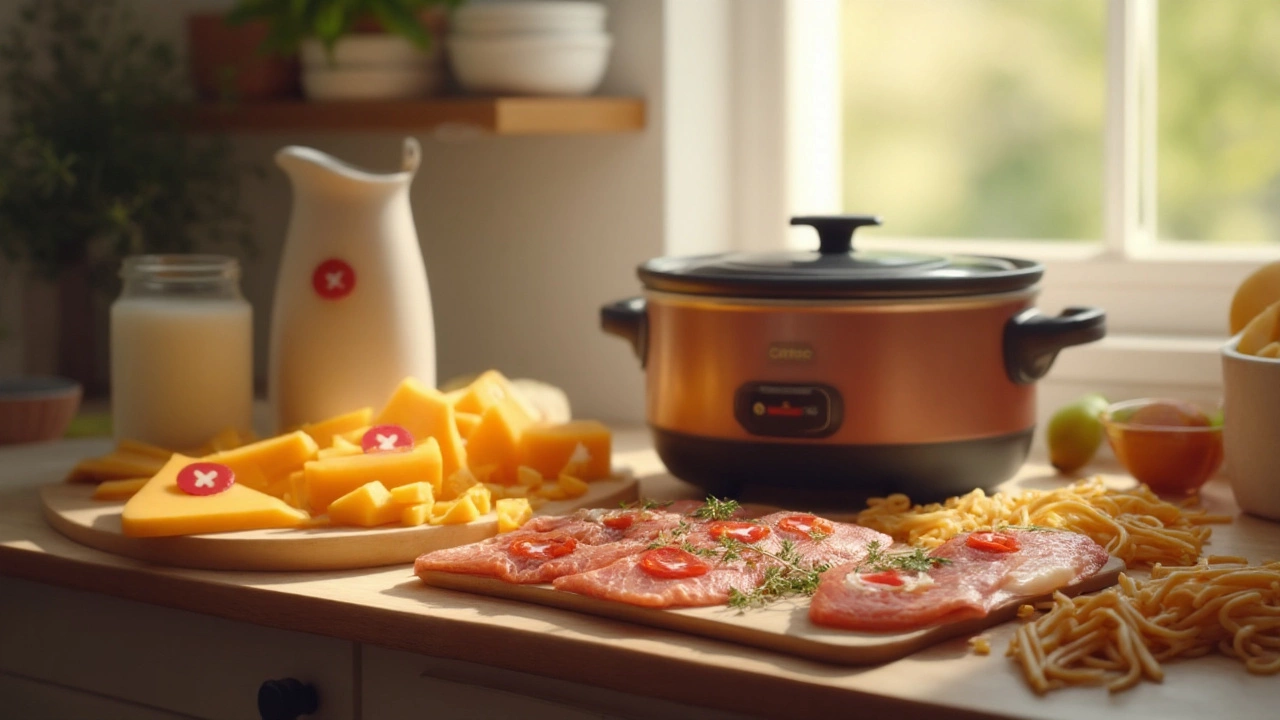Crockpot Tips: Make Your Slow Cooker Faster, Safer, and More Delicious
If you love the set‑and‑forget vibe of a crockpot but hate waiting all day, you’re in the right place. Below are simple tricks that cut cooking time, keep food safe, and add flavor without turning your kitchen into a science lab.
Speed Up the Slow Cooker
First, think about the liquid you add. A thinner broth or water heats up quicker than a thick sauce, so the cooker reaches its target temperature faster. You can also start the meal on the stovetop for 5–10 minutes to bring everything to a boil before moving the pot into the slow cooker. That jump‑start shaves off 30–45 minutes on most recipes.
Another quick win is to use smaller pieces of meat and veg. Smaller cuts reach the safe temperature sooner, meaning the whole dish finishes early. If you’re short on time, set the cooker to “high” instead of “low.” It’s not as tender as low‑and‑slow, but you’ll still get that comforting, melt‑in‑your‑mouth texture in half the time.
Safety and Smart Hacks
Many people wonder if aluminum foil is safe inside a crockpot. The short answer: yes, as long as you don’t cover the entire lid and you avoid direct contact with the heating element. Foil can help lock in moisture, keep fish from drying out, or make a handy “packet” for veggies you want to keep separate.
When it comes to food safety, never fill the crockpot more than three‑quarters full. Too much food can block steam flow, slowing down the cooking process and risking undercooked zones. Also, always thaw meat in the fridge first; adding frozen meat forces the cooker to stay in the danger zone (40‑140°F) longer, which can let bacteria grow.
If you’re looking for alternatives to a slow cooker for quick meals, consider a pressure cooker or an Instant Pot. Those devices reach pressure fast and can finish a recipe in a tenth of the time a crockpot needs. You can even use them to brown meat first, then switch to slow cook mode for a few hours if you like the layered flavor.
Finally, remember to layer your ingredients right. Denser items like root veggies go on the bottom because they sit directly over the heat source. Lighter ingredients, like leafy greens or pre‑cooked beans, belong on top so they don’t turn mushy.
Give these tips a try on your next slow‑cooker night. You’ll notice faster results, fewer safety worries, and more flavor without any extra effort. Happy cooking!
Foods You Should Never Cook in a Slow Cooker: What Not to Put in Your Crockpot
Discover what foods can't go in a slow cooker. From dairy and seafood to pasta, learn what ruins or risks safety when slow cooking. Helpful tips and real kitchen facts.
